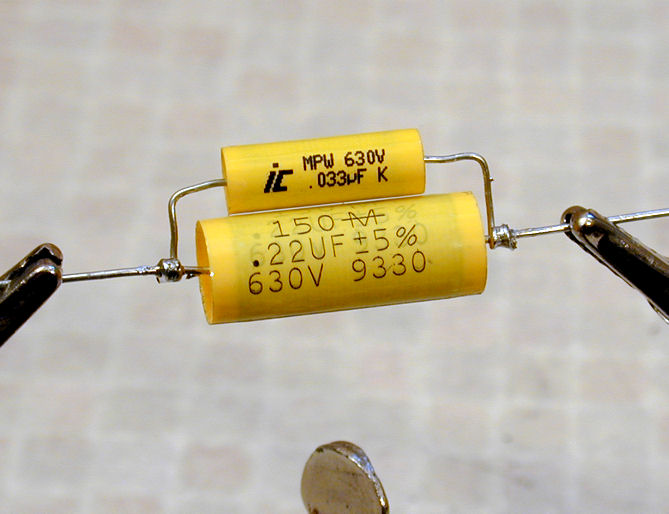Phase36
Member
Hi everyone. This question may have been asked before but I couldn't find anything when I searched for it. It may sound dumb so please go easy.
On the Pedal PCB build specs PDF's, why do some capacitors have different versions of the same prefix? Like 10u and 10uF. Is there a difference? Am I missing something. I am very new to this so sorry if this is very obvious.
On the Pedal PCB build specs PDF's, why do some capacitors have different versions of the same prefix? Like 10u and 10uF. Is there a difference? Am I missing something. I am very new to this so sorry if this is very obvious.



